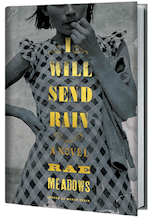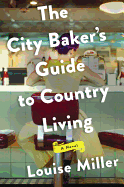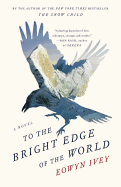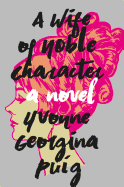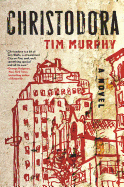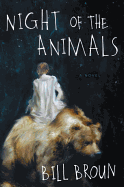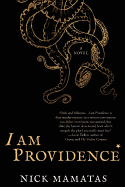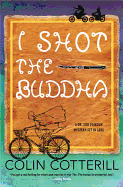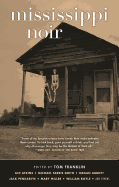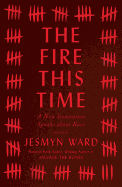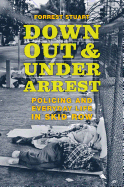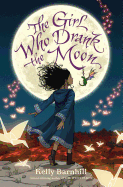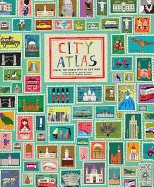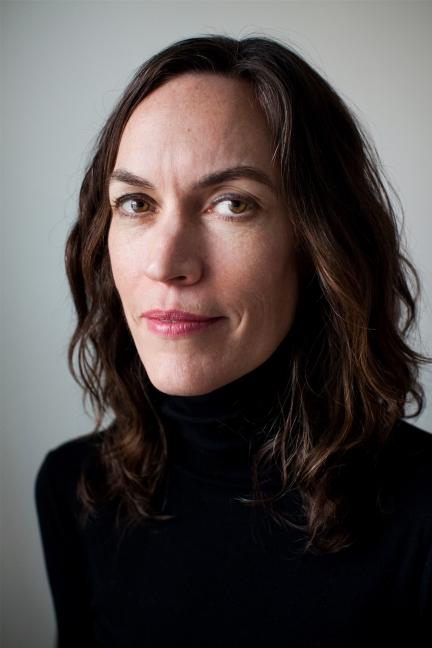 |
| photo: Christina Paige |
Rae Meadows is the author of Calling Out, which received the 2006 Utah Book Award for fiction; No One Tells Everything, a Poets & Writers Notable Novel; and the widely praised novel Mercy Train. She lives with her husband and two daughters in Brooklyn, N.Y.
How did you fall in love with your topic?
I'm a little embarrassed to admit this, but I had never been to Oklahoma before writing this book. What I knew of the Dust Bowl was left over from history class--some vague notion of a drought, and migrant workers in California. And then I happened across a photo of what a dust storm actually looked like and I was transfixed.
What inspired the novel was a photograph taken by Dorothea Lange in 1936 of a woman, a Dust Bowl refugee from Oklahoma, nursing her son in a makeshift camp on the side of a California highway. The defiance, anger and determination in her face made me want to know what she had left and why. The Oklahoma Panhandle during this period became for me almost a mythic place in my imagination. I loved the remoteness of the region, the starkness, so I chose it for the home of the Bell family.
What did you do to research your setting?
I find research to be the most fun part of the novel process. I read anything I could about the Dust Bowl and immersed myself in the Farm Securities Administration photography archives at the Library of Congress. But it was my trip to Boise City, Okla., the town on which I loosely based Mulehead, which gave me a truer sense of place. Boise City is in Cimarron County, at the westernmost edge of the state, and still does not have a stoplight. People pick up their mail at the small post office, and the sheriff knew I was in town because he noticed a car he didn't recognize. There is a Heritage Museum with all things Dust Bowl, which is an incredible jewel of artifacts. The most surprising thing to me was how beautiful the Panhandle was. I was used to black-and-white photos of devastation, and here was this rich landscape, green buffalo grass to the horizon, under the widest sky of churning clouds against the blue. The feeling of vastness was stunning.
Author Darin Strauss compared you to John Steinbeck in an extremely positive manner.
I am beyond flattered by Darin's comparison. Steinbeck and I in the same sentence? I'm just here in my sweatpants, slogging it out at the computer while the kids are at school.
It's funny because I first thought the book would be about Birdie starting where this novel ends, but it was hard to imagine retreading the same territory as Grapes of Wrath. Not that a migrant story was somehow off limits, but it would have been daunting. I purposefully did not reread Steinbeck's book, or watch the John Ford movie again, so as not to be influenced or intimidated while writing.
You explore topics of infidelity and women's freedom in the book. Did you set out to work through these themes or did they grow organically from the story?
One of the very first scenes I wrote was when Annie waves to the man from Amarillo and imagines being with him. From the beginning I envisioned Annie, after the dust arrives and the family is knocked off kilter, being tempted by the attentions of Jack Lily. But her more nuanced questioning of what she has always accepted grew from the story and the backstory of her childhood. Like most women of her time and background, Annie has so few choices. She stands up to her parents in choosing to marry Samuel, but her role as dutiful farm wife and mother is preordained. It isn't until she is 37 that she contemplates the freedom of a different kind of life. Annie comes more fully into herself even as in so doing she threatens to unravel her family.
If you'd had an Oklahoma farm during the Dust Bowl, do you think you would have stayed, or left it in hopes of something better?
At the onset of this project I would have said I would have left the dust and misery. But in researching and writing, I changed my view. I grew to understand the intense relationship people had with their land and the region, and their heels-in-the-dirt hope that things would get better. During my visit to Boise City, I met a 92-year-old man whose family had stayed through the Dust Bowl. He said with a laugh that they would have left if they had any money. They were poor but so was everyone else--they had a garden, some chickens and a cow, and that sustained them through those long years. Other than when he fought in WWII, he had happily spent his whole life in the Panhandle. I admire that spirit.
Religion played an enormous role in Annie's background and in the lives of the Bell family and their community. Do you think faith still shapes communities today?
I am not a religious person but I am very much interested in the concept of faith. In Mulehead, faith gives meaning and structure to people in this harsh place where life is difficult, but in the case of Samuel, it leads him to believe in the impossible in a slightly unhinged way. Annie wrestles with hypocrisy in what she has been taught and has to come to terms with what she believes about God.
I think faith still shapes some communities in this country, but there is less prevalence then there once was, and I suppose it tends to be regional. Here in Brooklyn, for instance, there are plenty of churches, mosques, synagogues and temples, but faith doesn't drive the larger issues of the city.
But in Boise City, Okla., a town of fewer than 1,200, there are nine churches, and from the discussions I had with people, faith was integral to the community, to their identity. And in Salt Lake City, where I lived for a few years, the LDS church certainly influences all facets of life and culture.
What should we expect to see from you next?
I guess I wasn't quite ready to say goodbye to the Panhandle. I'm working on something set in a town modeled on present-day Boise City, following a few interconnected characters, including a lonely misfit teenage girl who gets drawn into radicalism online. I don't know yet if Birdie, as an old woman, makes an appearance, but she might. --Jaclyn Fulwood
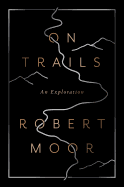 Robert Moor asks these large, philosophical questions in the prologue to On Trails (Simon & Schuster), an exploration of the world as understood by its trails. The questions themselves remain largely unanswered, but Moor's exploration proves the extent to which animals do uproot and go somewhere else, regardless of the reason. As Moor moves from microscopic fossil pathways to the modern hiking paths of today (touching on ant trails and game trails and desire trails and elephant trails and footpaths and roads and internet wires in between), On Trails brings readers a view of the world through the lens of the tracks that criss-cross its surface.
Robert Moor asks these large, philosophical questions in the prologue to On Trails (Simon & Schuster), an exploration of the world as understood by its trails. The questions themselves remain largely unanswered, but Moor's exploration proves the extent to which animals do uproot and go somewhere else, regardless of the reason. As Moor moves from microscopic fossil pathways to the modern hiking paths of today (touching on ant trails and game trails and desire trails and elephant trails and footpaths and roads and internet wires in between), On Trails brings readers a view of the world through the lens of the tracks that criss-cross its surface.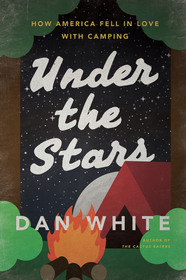 Dan White brings a slightly more focused--and more irreverent--view of the outdoor world to readers in Under the Stars: How America fell in Love with Camping (Holt). His travels from the Sierras to the Adirondacks to the Everglades cross the camping highlights of the United States as he, too, attempts to understand why we, as animals, venture into the great outdoors.
Dan White brings a slightly more focused--and more irreverent--view of the outdoor world to readers in Under the Stars: How America fell in Love with Camping (Holt). His travels from the Sierras to the Adirondacks to the Everglades cross the camping highlights of the United States as he, too, attempts to understand why we, as animals, venture into the great outdoors.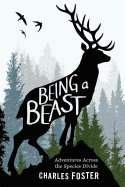 Charles Foster brings the same sense of curiosity about the natural world to his writing as Moor and White, though he does so a touch more literally. In Being a Beast (Metropolitan), he tries to live as the animals he studies: a badger, an otter, a fox, a deer and a swift, to understand better how animals experience the world.
Charles Foster brings the same sense of curiosity about the natural world to his writing as Moor and White, though he does so a touch more literally. In Being a Beast (Metropolitan), he tries to live as the animals he studies: a badger, an otter, a fox, a deer and a swift, to understand better how animals experience the world.


